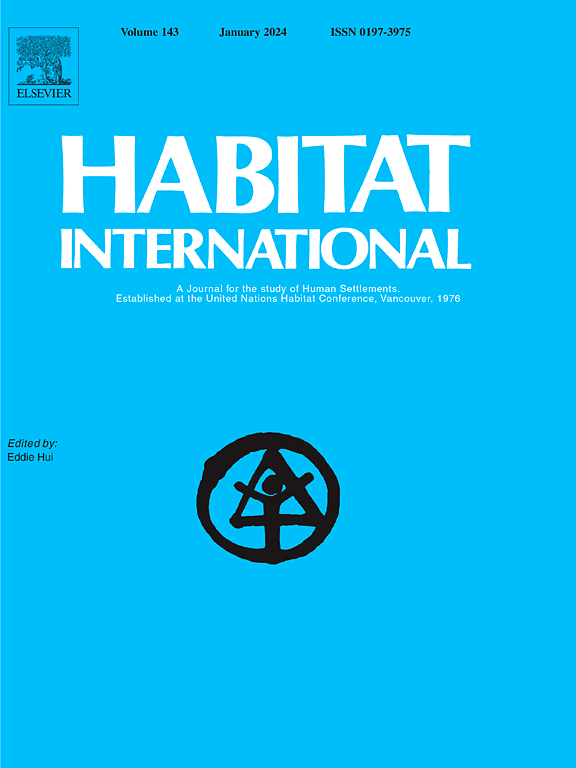南方农村梯田撂荒及其对粮食安全的挑战
IF 6.5
1区 经济学
Q1 DEVELOPMENT STUDIES
引用次数: 0
摘要
在全球变化和城市化的背景下,中国放弃梯田的情况明显呈上升趋势。然而,中国梯田撂荒的程度、影响因素以及对粮食安全构成的威胁仍不清楚。基于大样本问卷调查和小案例空间分析相结合的方法,利用中国南方345个村庄问卷、1449名农民问卷和3006个地块特征数据集,系统揭示了中国南方水稻梯田撂荒程度、影响因素和生产损失。结果表明,中国南方梯田撂荒率为11.65%。撂荒程度较高的地区主要集中在中国东南部和南部。梯田撂荒是内外驱动因素综合作用的结果,其中农业劳动力、灌溉条件、机械化程度、野生动物损害、地块大小和耕作距离是影响农民撂荒的关键因素。目前,中国南方因放弃梯田而造成的稻米损失约为667万吨,可养活1668万人,相当于纽约市和香港特别行政区的人口总和。政府相关部门应积极重视这一问题,通过改善梯田农业生产条件,发展农村土地流转市场,制定补偿农民野生动物损害的办法,实现梯田的可持续利用。本研究有助于深入了解梯田质量差异与撂荒的关系,为梯田撂荒管理和农田可持续利用提供参考。本文章由计算机程序翻译,如有差异,请以英文原文为准。
The rice terrace abandonment and its challenge for food security in the rural villages of southern China
Against the backdrop of global change and urbanisation, the abandonment of rice terraces in China is clearly on the rise. However, the extent of abandonment of rice terraces in China, the factors influencing it, and the threat it poses to food security remain unclear. Therefore, based on 345 village questionnaires, 1449 farmer questionnaires and 3006 plot characteristics datasets obtained from a combination of a large-sample questionnaire survey and small-case spatial analyses in southern China, this paper systematically reveals the extent of rice terrace abandonment, influencing factors and production losses in southern China. The results show that the abandonment rate of rice terraces in southern China is 11.65 %. The regions with a relatively high degree of abandonment are mainly in southeastern and southern China. Terrace abandonment is the result of a combination of internal and external drivers, with agricultural labour, irrigation conditions, mechanisation, wildlife damage, plot size and farming distance being the key factors influencing the abandonment of terraces by farmers. Currently, the rice loss caused by the abandonment of rice terraces in southern China is about 6.67 million tons, which could feed 16.68 million people, equivalent to the populations of New York City and the Hong Kong Special Administrative Region combined. Relevant government agencies should pay active attention to this problem, to realise the sustainable use of terraces by improving the agricultural production conditions of terraces, developing the rural land transfer market, and formulating methods to compensate farmers for damage caused by wildlife. This study contributes to a deeper understanding of the relationship between plot quality differences and abandonment, and may provide a reference for terrace abandonment management and farmland sustainable use.
求助全文
通过发布文献求助,成功后即可免费获取论文全文。
去求助
来源期刊

Habitat International
Multiple-
CiteScore
10.50
自引率
10.30%
发文量
151
审稿时长
38 days
期刊介绍:
Habitat International is dedicated to the study of urban and rural human settlements: their planning, design, production and management. Its main focus is on urbanisation in its broadest sense in the developing world. However, increasingly the interrelationships and linkages between cities and towns in the developing and developed worlds are becoming apparent and solutions to the problems that result are urgently required. The economic, social, technological and political systems of the world are intertwined and changes in one region almost always affect other regions.
 求助内容:
求助内容: 应助结果提醒方式:
应助结果提醒方式:


